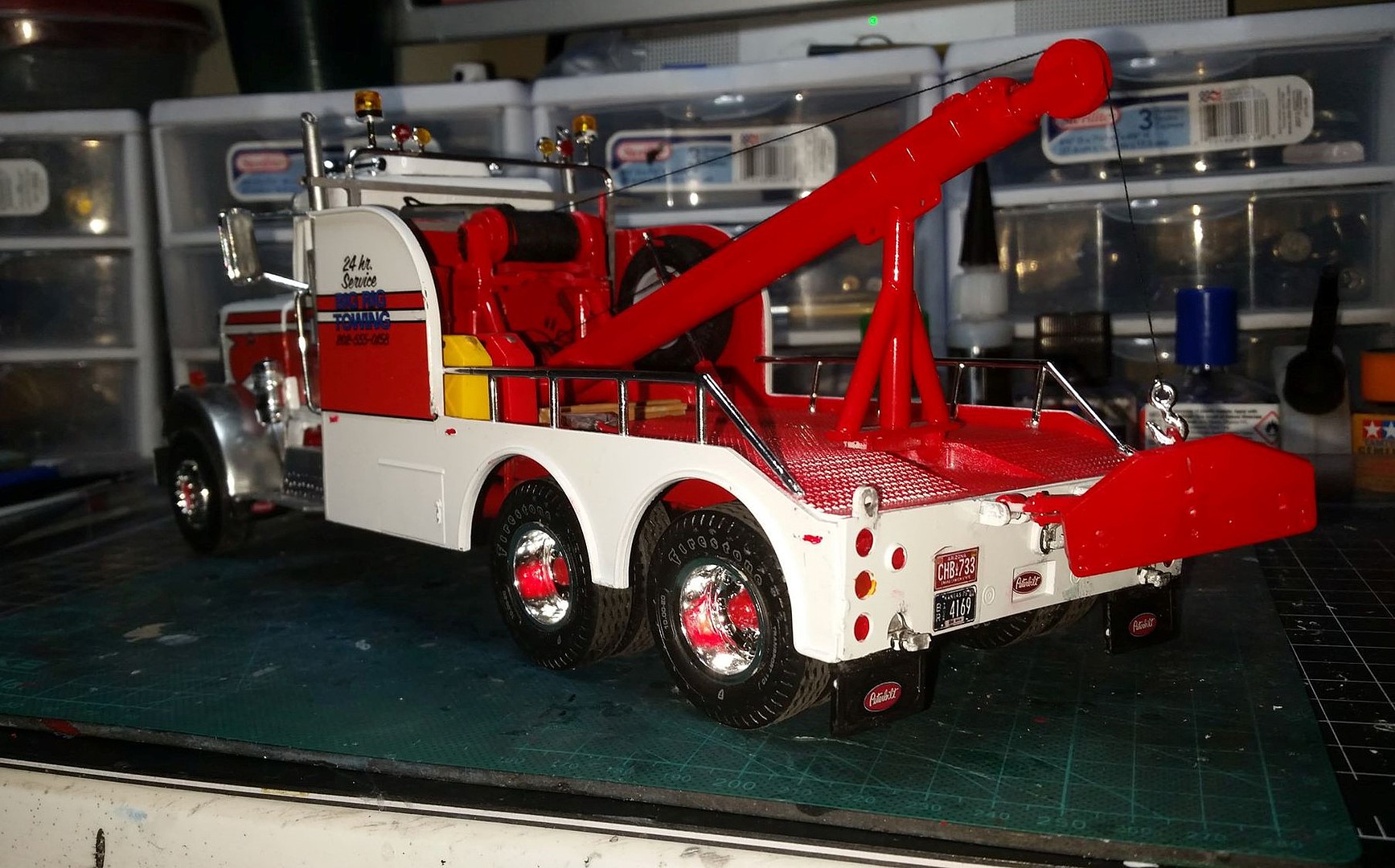

While in Burlington County, portions of the township were taken to form Washington Township (November 19, 1802) and Bass River Township (March 30, 1864). It was incorporated as one of New Jersey's 104 in the Township Act of 1798 by an act of the New Jersey Legislature on February 21, 1798.

Little Egg Harbor Township was formed on February 13, 1740, as Egg Harbour Township from portions of Northampton Township (now Mount Holly), while the area was still part of Burlington County. A memorial on Radio Road commemorates the attack. Pulaski eventually led his mounted troops up, causing Ferguson to retreat to his boats minus a few men that had fallen into the colonists' hands. At first light, Ferguson ordered the attack only five of his quarry were taken alive. He then marched them a further 2 miles (3.2 km) to the site of the infantry outpost, which comprised 50 men a short distance from the main encampment. Ferguson promptly loaded 250 of his best men onto boats and rowed them, in the dark, some 10 miles (16 km) to Osborne Island. Gustav Juliet, found Ferguson and told him of Pulaski's encampment he mentioned that morale was fairly low, and security almost nonexistent, so that a surprise attack would be devastating. But their arrival did stop Ferguson from raiding the iron works at Batsto, and stemmed their attacks on privateers at The Forks of the Mullica River. Pulaski's Legion, along with three companies of light infantry, three troops of light horse, and one artillery detachment, came too late to be of great use against Ferguson's operations. Kazimierz Pułaski and his newly raised forces were ordered to oppose his actions. The Little Egg Harbor Massacre took place in October 1778 during the American Revolutionary War, as British Army Major Patrick Ferguson was wreaking havoc on Colonial shipping in the Mullica River. Plaque commemorating the Little Egg Harbor massacre monument Falkenberg was a linguist, fluent in the Lenape language, and was considered southern New Jersey's foremost language interpreter involving land transactions between the Indians and the European settlers, particularly the English Quakers. This tract included the two islands of Monhunk and Minnicunk later known as Osborn Island and Wills Island. Falkenberg settled on an 800-acre tract of land that he had acquired from the Lenni Lenape Native Americans in 1674, and a 1697 deed re-confirmed this earlier purchase. Though he was from Holstein (now in Germany), his first wife was a Finn and part of the Swedish community. The first European to settle the township was Hendrick Jacobs Falkenberg, who likely arrived by 1693 when he does not appear on a census of the Swedes along the Delaware River, where he had lived for nearly three decades. The first known account of the town was made by Captain Cornelius Jacobsen May in 1614.

Originally part of Burlington County, Little Egg Harbor took its name from the portion of a bay called Egg Harbor (known today as Little Egg Harbor) by the Dutch sailors because of the eggs found in nearby gull nests. The Giffordtown Schoolhouse, which operated until 1951, now part of the Tuckerton Historical Society


 0 kommentar(er)
0 kommentar(er)
